The freezer strikes again!
Ever opened a bag of frozen veggies to find frost-covered lumps instead of crisp, vibrant produce? Freezer burn can turn your top-notch product into a bland, colorless brick. Preserving the taste and texture of your frozen products is essential. Preventing freezer burn not only keeps your food fresh but also ensures that your brand stands out for quality and reliability. We’ll explore how freezer burn happens and what steps you can take to prevent it with effective food packaging.
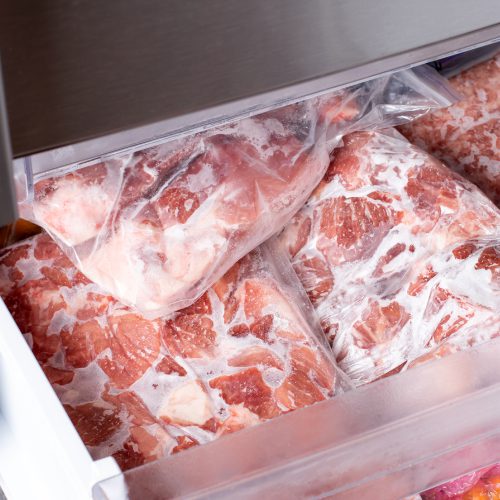
What is freezer burn?
Freezer burn is the result of moisture loss when food is exposed to air in a frozen state. It occurs when the food’s surface dehydrates through a process called sublimation. Effectively, the frozen water in the food converts to a gas in the cold temperature (skipping the liquid state) and condenses on the surface of the food, causing ice crystals to form. These crystals draw moisture away from the food, leading to a dry and unappealing appearance. Common signs of freezer burn include:
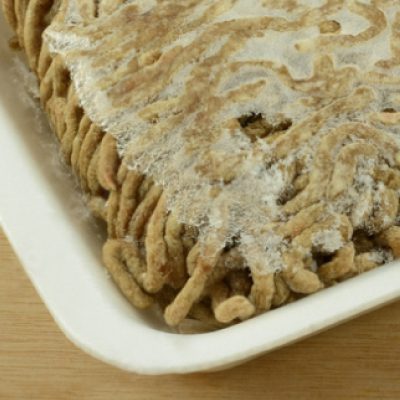
Dry, grayish spots
on meat
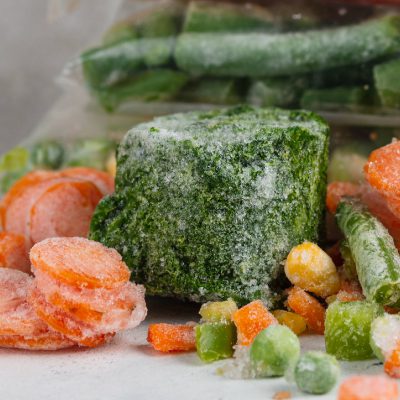
Frost-covered patches on vegetables
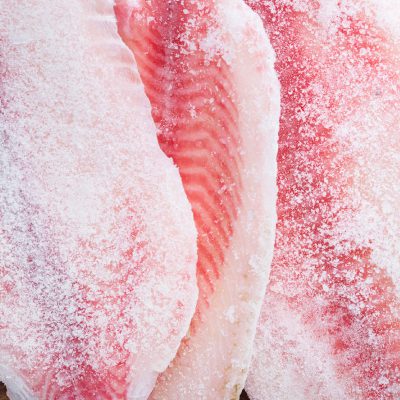
Ice crystals forming on the inside of the packaging
Understanding these indicators helps in identifying and addressing freezer burn early, maintaining the quality of your frozen products.
How does freezer burn affect food quality?
Texture changes
Foods affected by freezer burn often become dry, tough, and chewy. This change in texture can really impact the customer experience and misrepresent your product.
Flavor loss
The moisture loss and ice crystal formation associated with freezer burn can lead to bland flavours, or it might just not taste right. An altered flavour profile may affect your brand image, especially if this is a customer’s first experience with your product.
Nutritional impact
Although freezer burn doesn’t make food unsafe to eat, it can degrade the nutritional quality. Vitamins sensitive to air and moisture may degrade under these conditions, affecting the food’s health benefits.
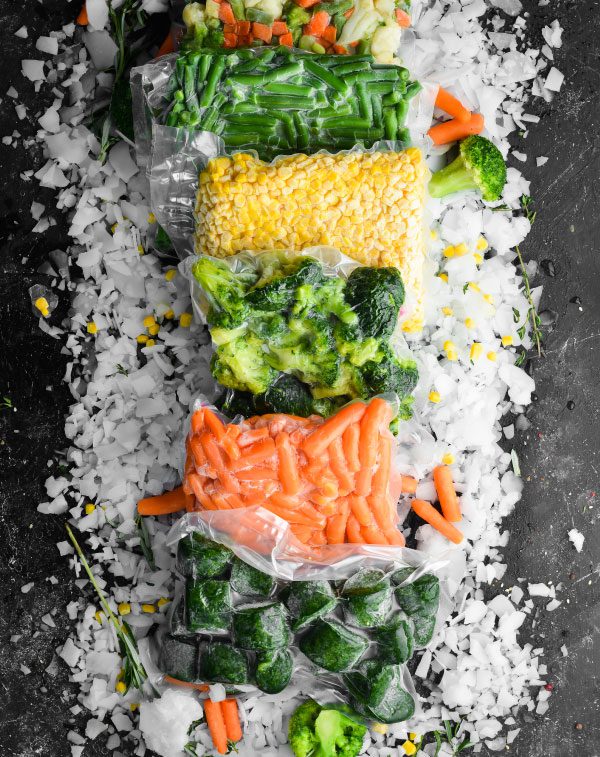
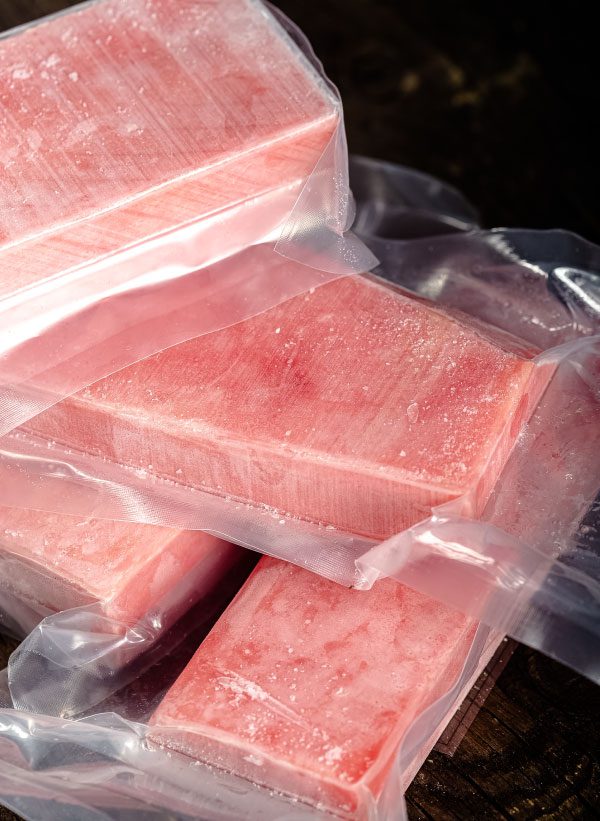
How can I prevent freezer burn?
Effective packaging is your frontline defense against freezer burn.
Barrier protection
Preventing transfer between the product and the freezer air is crucial in preventing air exposure and moisture loss, which are primary contributors to freezer burn. Packaging can be designed with higher thickness and barriers to mitigate the contact of air with the food.
Material selection
Choosing the right materials for freezer storage is essential. High-barrier materials like multilayer films, vacuum-seal bags, and heavy-duty aluminum foil offer superior protection against air and moisture.
A tight seal
Heat-sealing or vacuum-sealing methods are effective in removing oxygen and moisture, reducing the risk of freezer burn. Ensuring a tight seal on packaging is vital to protecting your food products
Best practices for food producers
Beyond packaging, there are additional steps to maximize the effectiveness of your packaging and prevent freezer burn.
Pre-freeze preparation
Ensure food is thoroughly cooled before packaging. This prevents condensation and ice formation inside the package, which can lead to freezer burn.
Portion control
Freezing food in smaller portions can allow for quicker freezing and better packaging integrity. This minimizes air exposure and enhances the effectiveness of the packaging.
Freezer storage
Maintain a consistent freezer temperature at or below -18°C (0°F). Avoid frequent door opening to minimize temperature fluctuations, which can contribute to freezer burn.
Implementing these practices helps in maintaining the quality of your frozen products and prolonging their shelf life.
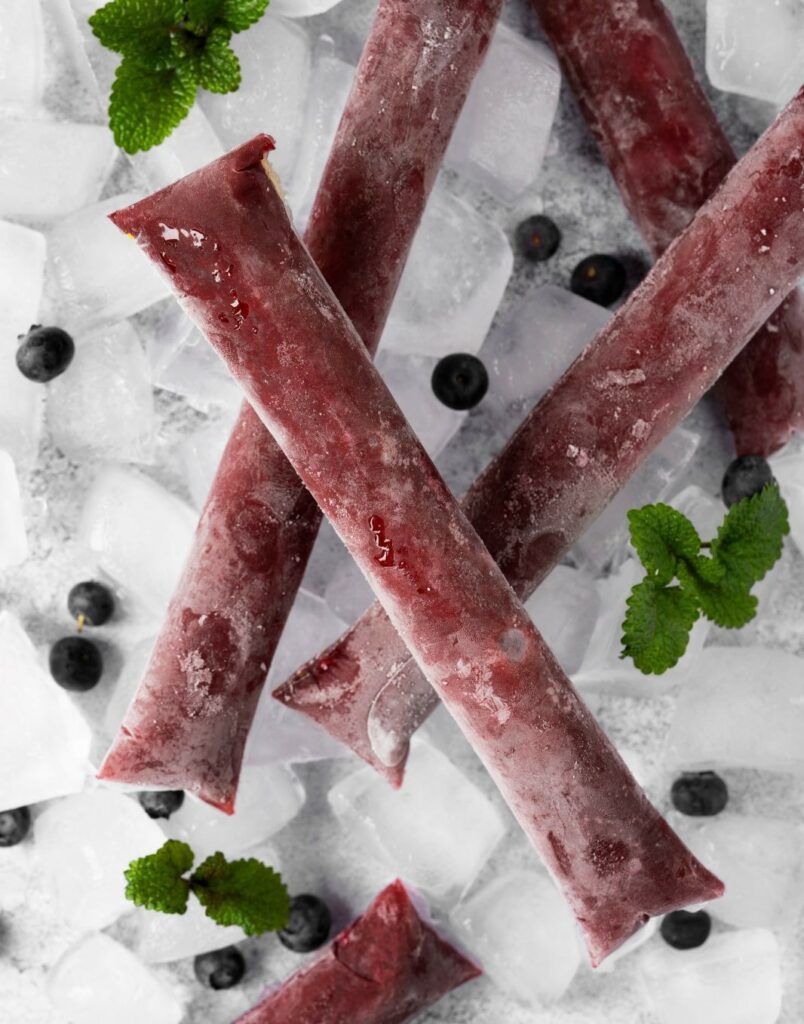
Packaging solutions for frozen products
At FoodPak, we provide cutting-edge packaging solutions to safeguard your frozen products against freezer burn. Our expertise in packaging ensures your products stay fresh and appealing.
We offer a range of customizable options designed specifically for freezing applications. Whether it’s vacuum-seal bags or high-barrier films, our solutions cater to your unique needs.
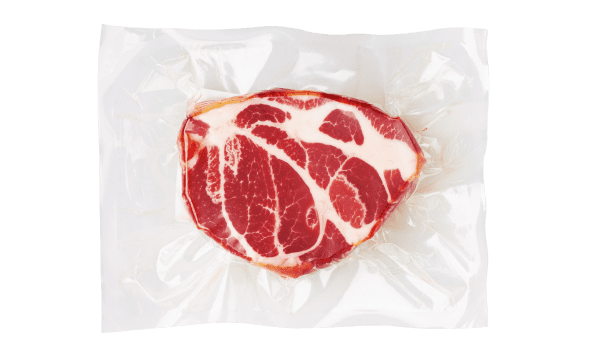
Vacuum bags
These bags remove air and lock in freshness. Thicker bags are available to prevent air transfer and packaging breakage for long-term freezer conditions.
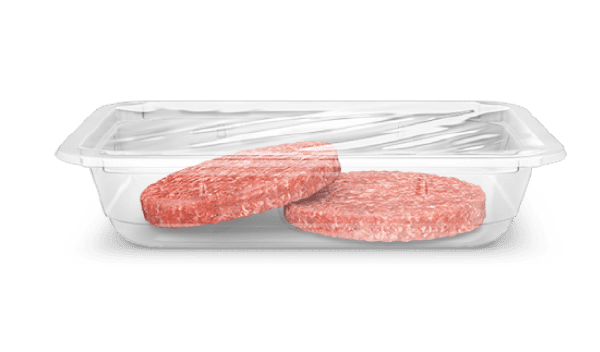
Barrier films
Our high-barrier films provide excellent protection against air and moisture, preserving food quality for longer periods.
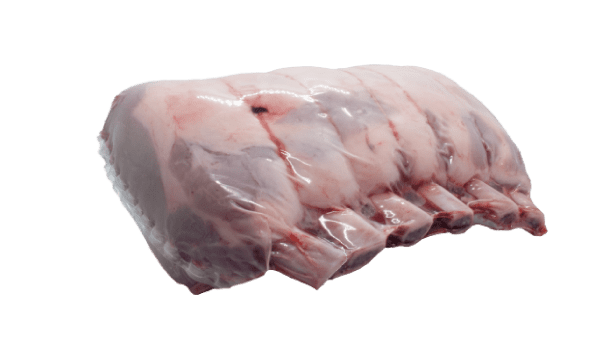
Shrink bags
Tailored solutions that ensure your packaging fits perfectly, minimizing air pockets and reducing freezer burn risks.
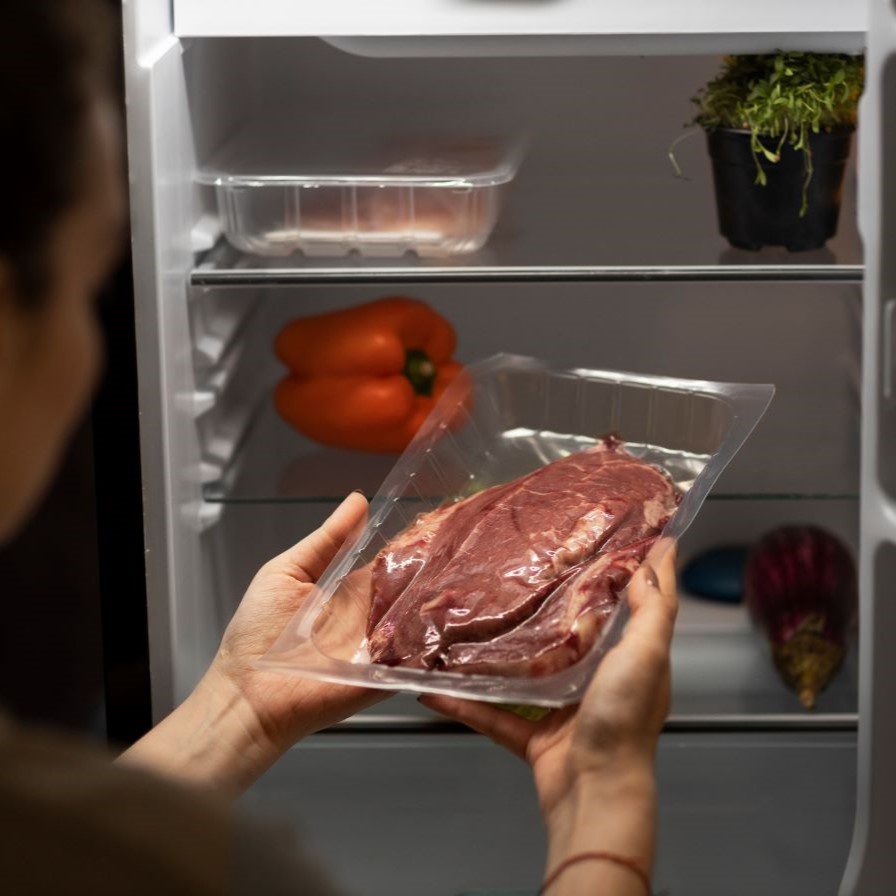
Wrapping up.
Freezer burn can be a major hurdle for maintaining product quality, but with the right packaging strategies, you can effectively prevent it. Choose the right materials, use airtight seals, and follow best practices to keep your frozen goods at their best. We’re committed to helping you protect your products with innovative and tailored packaging solutions.
Ready to elevate your frozen packaging game? Contact FoodPak today to explore our range of freezer-ready packaging solutions and protect your products from freezer burn.
Share this post
Have a project in mind?
Get in touch today for a custom quote.


